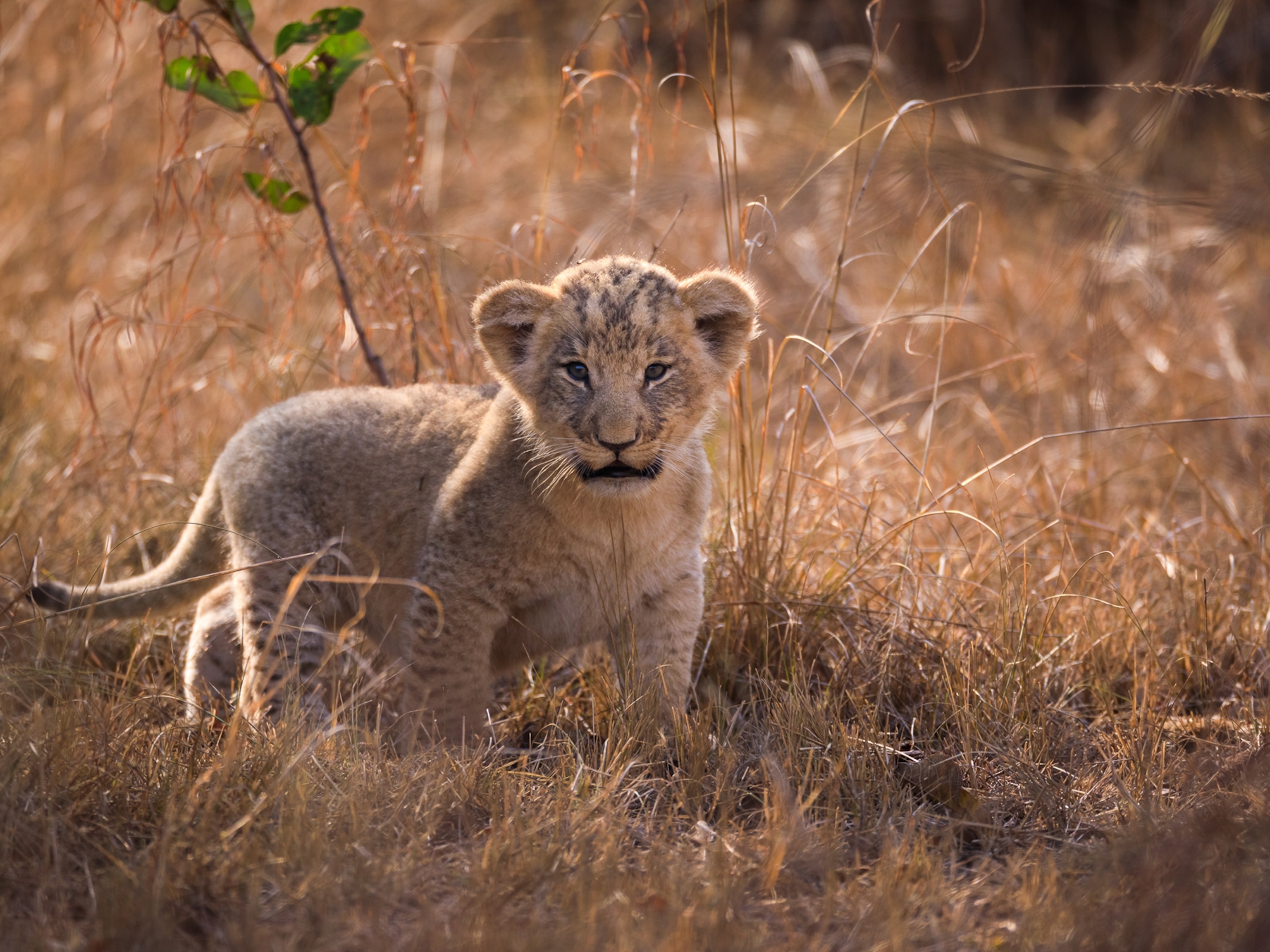Elephants Comfort Comrades During Rescue in China
A heartwarming scene unfolds on video and hints at animal behavior.
Elephants are intelligent, highly social animals that are known to comfort and protect each other. This sympathetic behavior is on display in the above video, which shows the rescue of three Asian elephants in the Yunnan Province in southwest China.
The elephants were trapped for two days in a man-made pond with steep concrete walls, villagers told CCTV+. As the animals struggled, unable to climb out, other elephants came to their assistance.
The free elephants reached their trunks down into the pond, in displays that suggest they may have been trying to help, or at least comfort, the trapped animals. (Watch the touching reunion between a rescued elephant and her mother.)
"Elephants are capable of empathy and typically respond to another’s plight by attempting to help solve the problem and by comforting," says Joyce Poole, a National Geographic explorer who studies elephant behavior.
Villagers quickly called forestry police, who rushed to the scene to offer assistance. On their first day of work, the rescuers were thwarted by heavy rains and had to contend with the free elephants, who were trying to defend their brethren.
The rescuers then flew drones and helicopters over the area, to survey the situation. Finally, they decided to drive off the free elephants with firecrackers, CCTV+ reports.
Then, the rescuers broke open a wall of the enclosure with heavy machinery. This allowed the trapped elephants to walk free. They disappeared into the surrounding forest.
The elephants likely ended up in the pool after they stopped for a drink, says Poole. It's possible the young one became trapped first, and its family members likely tried to help it.
"In the video, while the onlookers do touch the elephants in the tank, they appear very subdued," says Poole. "I am convinced that the onlookers worked for hours to help the three trapped elephants and when they failed, they did not know what to do. That they were still present after two days without food is a testament to the strength of the bonds between them."
China has an estimated 300 wild Asian elephants (Elephas maximus), all in the Yunnan Province, bordering Laos and Myanmar. Some of the land is protected in forest reserves.
A study in 2014 documented how Asian elephants were observed comforting each other during times of stress, a behavior that has also been documented in great apes and crows. Specifically, bystander elephants were found to approach conspecifics in distress and caress them on the mouth and genitals.
Bystanders also made reassuring chirps and rumbles and sometimes formed a protective circle around the one in need. (See how elephants helped win World War II.)
Asian elephants typically show distress with erect tails and flared ears; vocalizations such as trumpeting, rumbling, or roaring; and sudden defecation and urination.
"They get distressed when they see others in distress, reaching out to calm them down, not unlike the way chimpanzees or humans embrace someone who is upset," study co-author Frans de Waal, director of Emory University's Living Links Center, previously told National Geographic.
"With their strong bonds, it is not surprising that elephants show concern for others," said de Waal.
This story was updated at 3:25 pm ET November 10 with quotes from Joyce Poole.





